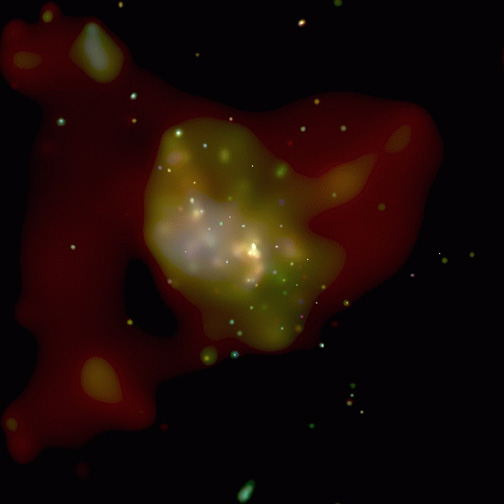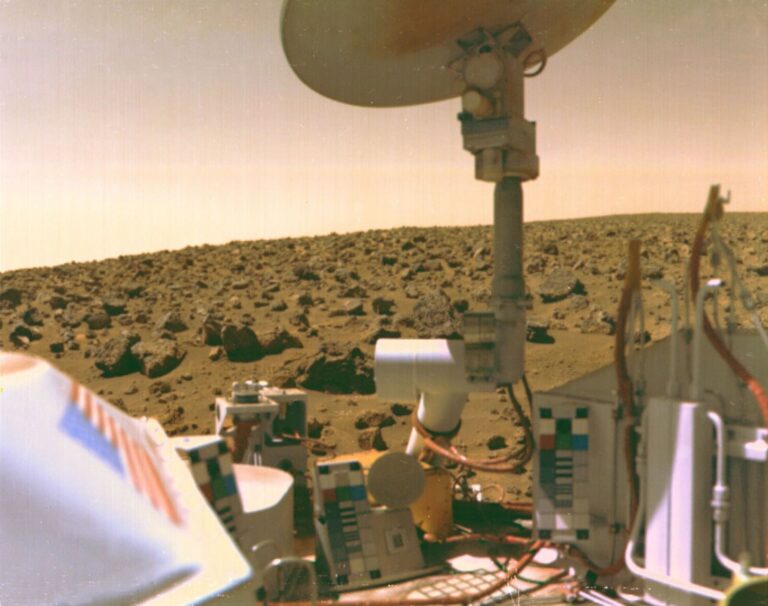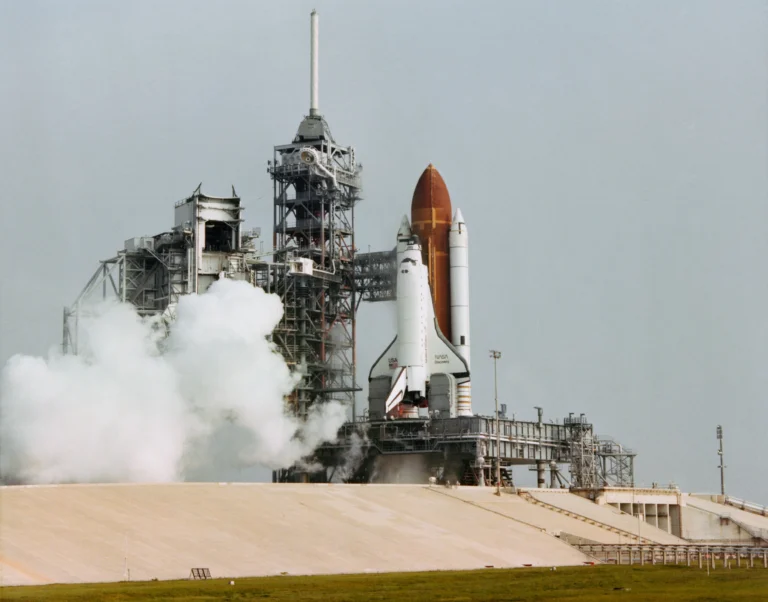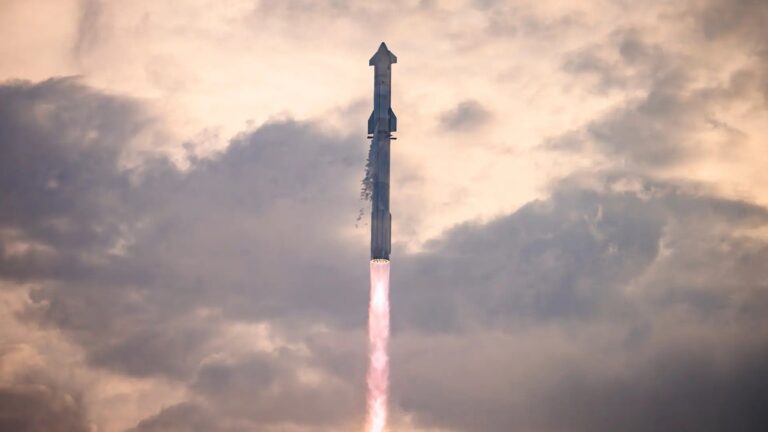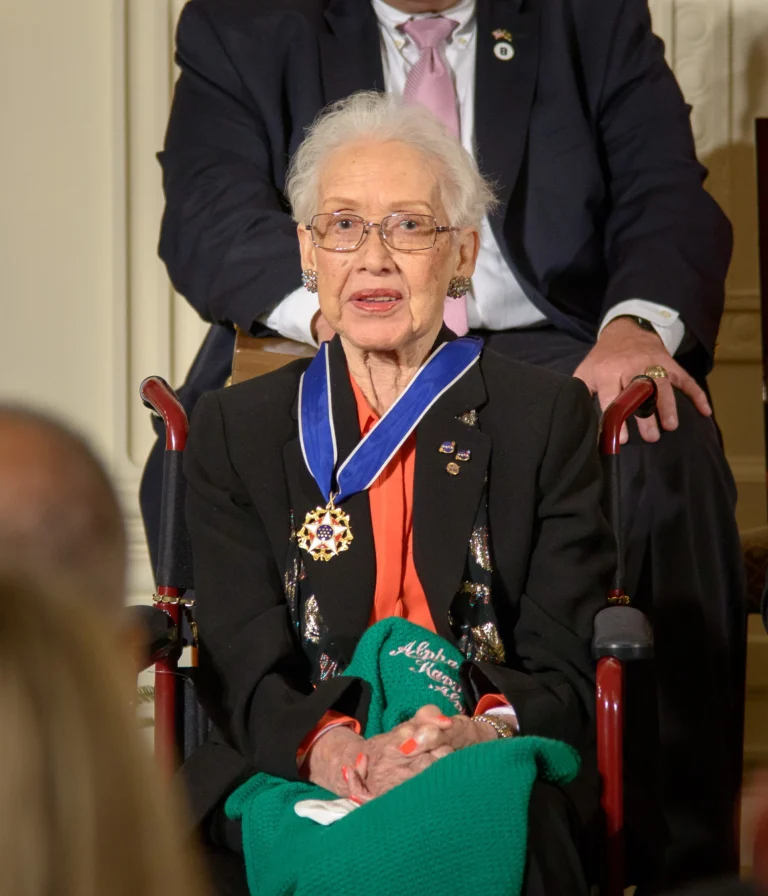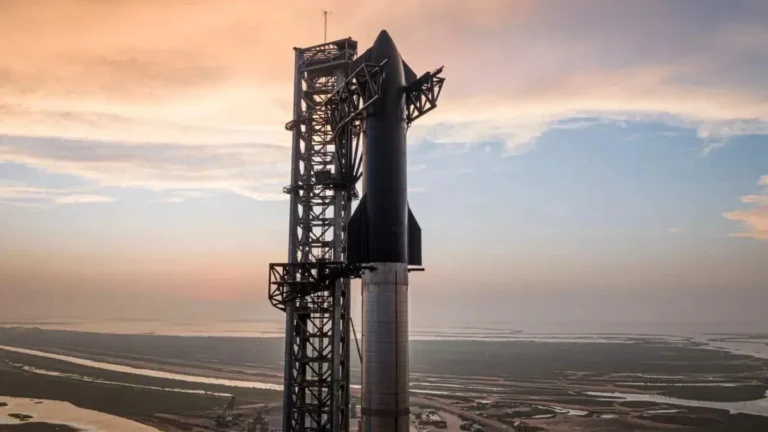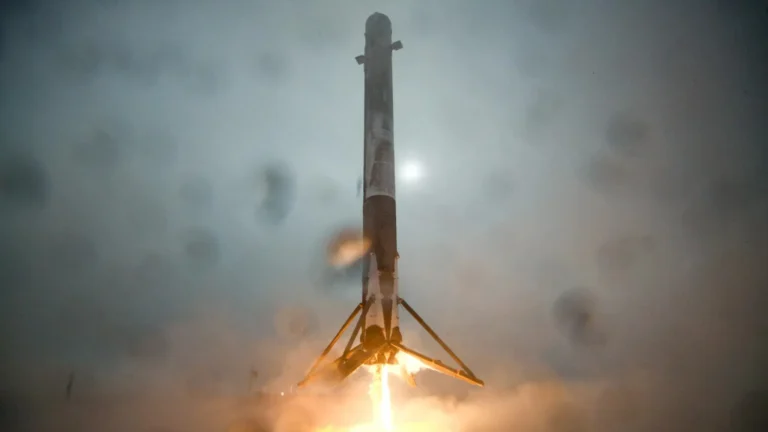Key Takeaways:
The American Astronomical Society (AAS), the world’s largest professional organization for astronomers and astrophysicists, today endorsed a report by the National Research Council (NRC) calling for a servicing mission to repair the Hubble Space Telescope. The NRC released the report — titled “The Assessment of Options for Extending the Life of Hubble Space Telescope” — December 8, 2004.
The NRC made three specific recommendations in its report. First, that NASA should commit to a servicing mission to Hubble. Second, that both the space shuttle and astronauts should be involved in the mission, and the mission should be scheduled as soon after the shuttle fleet again is deemed operational. And third, that a robotic mission should be undertaken only to de-orbit Hubble at the end of its useful life — long after the shuttle/astronaut servicing mission.
Robert P. Kirschner, president of the AAS, summed up the groups’ position by stating, “The Hubble Space Telescope is the most productive telescope since Galileo’s — and that was 400 years ago. It is clearly one of the best things NASA has ever done. We hope that NASA and Congress will undertake that mission, not just for astronomers, but for everybody who wants to know what the universe is and how it works.”
The statement was approved by the Society’s council at its 205th annual meeting in San Diego January 9-13. Approximately 2,500 scientists attended this year’s AAS meeting. The statement reads:
Kirshner said the idea came from the AAS Public Policy Committee, chaired by David Black. “It was a follow-up, really,” he said. “We initially sent out a statement that said it would be a good idea to have an independent review of a servicing mission to Hubble.” Kirshner said the statement, as well as being released to the press, would be sent to NASA and to targeted members of the U.S. House of Representatives and Senate.
When asked if there had been any open discussion about the statement or Hubble, Kirshner said, “Yes, at a ‘NASA Town Meeting’ held at the convention.” Several NASA administrators held the meeting, which was a “wide-open forum.”


